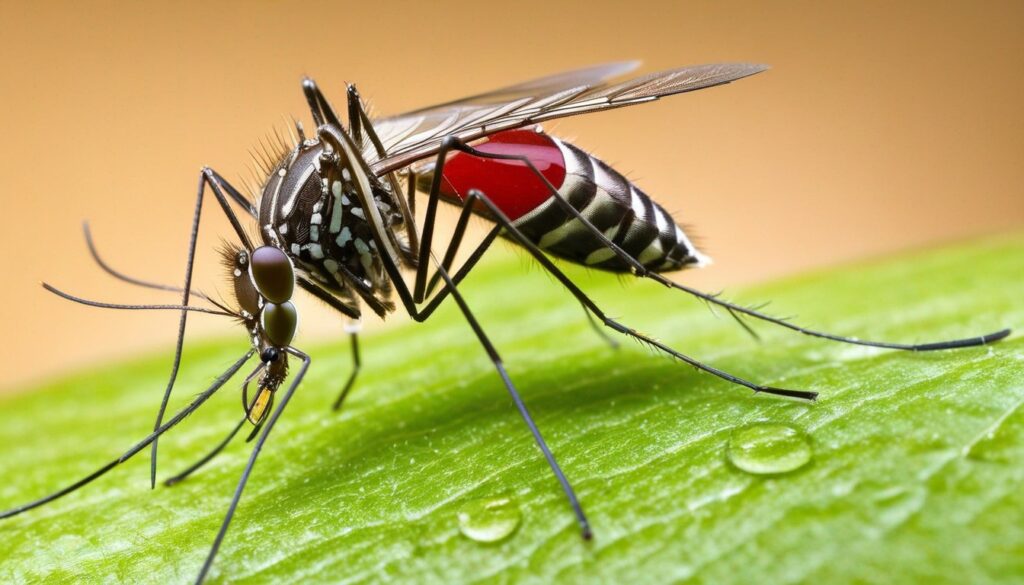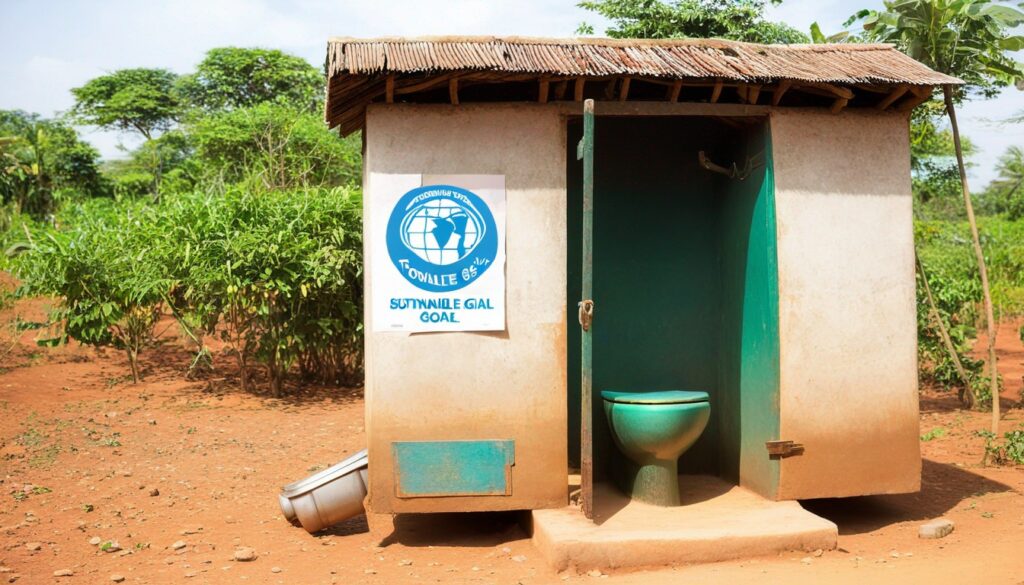Bangladesh faces its toughest dengue outbreak, as the number of cases surpasses 300,000. As of Monday, at least more than1540 people – including 150+children, from newborns up to those aged 15 – have died of the disease in Bangladesh, which has recorded a total of 301,00 dengue cases this year, according to the government’s Directorate General of Health Service (DGHS).
This year’s dengue outbreak has been severe, with August witnessing 71,976 cases and 342 deaths. September marked the worst phase, recording 79,598 cases and 396 deaths, while October reported 67,769 cases and 359 deaths.
In just 19 days of November, there have been 201 deaths and 30,080 new cases which showcases the continuous onslaught of the disease.
 source: thehealthcaredaily
source: thehealthcaredaily
Experts attribute the outbreak to several factors: a prolonged monsoon, soaring temperatures, and insufficient measures to eliminate the Aedes Aegypti mosquito, the primary carrier of the dengue virus. A government-funded survey of Dhaka revealed a worrying increase in the population of the Aedes aegypti mosquito, contributing to the most widespread dengue outbreak witnessed in the last five years.
Comparatively, last year saw 62,382 reported cases and 281 deaths, marking the previous highest number since dengue hospitalization records began in the 1960s. The escalating dengue crisis in Bangladesh underscores the urgent need for more robust and effective strategies to combat the disease and protect public health.
Table of Contents
Toggle
- What is Dengue?
- Symptoms of Dengue
- Treatment of Dengue
- How to Protect Oneself during a Dengue Outbreak?
What is Dengue?
Dengue is a viral illness transmitted by mosquitoes. It’s caused by the Dengue virus and typically spread through the bite of infected female Aedes mosquitoes, especially the Aedes aegypti species. This disease can lead to flu-like symptoms, such as high fever, severe headaches, muscle and joint pain, and sometimes a skin rash. In severe cases it causes complications like Dengue Haemorrhagic Fever (DHF) or Dengue Shock Syndrome (DSS), which can be life-threatening.
Symptoms of Dengue
Dengue has a range of symptoms, including high fever, severe headaches, muscle and joint pain, and a skin rash. Individuals affected might also experience pain behind the eyes, fatigue, nausea, and vomiting. In some cases, Dengue can lead to more severe conditions, such as Dengue Haemorrhagic Fever (DHF) or Dengue Shock Syndrome (DSS), marked by bleeding, severe abdominal pain, persistent vomiting, and difficulty breathing. Recognising these symptoms is crucial for seeking prompt medical attention, as early diagnosis and proper treatment significantly reduce the risk of complications associated with Dengue fever.
Treatment of Dengue
Treatment of Dengue involves supportive measures since there is no specific antiviral medication for the virus. Patients are strongly encouraged to maintain adequate hydration and manage symptoms, such as fever and pain, with paracetamol. It’s essential to avoid medications like aspirin or ibuprofen that may exacerbate bleeding. Rest and sufficient fluid intake are key aspects of Dengue care. In severe cases, hospitalization may be required for close monitoring and administration of intravenous(IV) fluids. Timely medical attention is crucial for effective intervention.
How to Protect Oneself during a Dengue Outbreak?
Protecting oneself from Dengue involves preventive measures to minimize the risk of mosquito bites and breeding grounds. Here are essential steps to stay safe:
 source: thehealthcaredaily
source: thehealthcaredaily
Eliminate Breeding Sites
Mosquitoes that carry Dengue typically breed in stagnant water. Regularly check and empty containers, flowerpots, and any other items that can collect water. Keep gutters clean and ensure proper drainage to prevent water accumulation.
Use Mosquito Repellent
Apply mosquito repellent containing DEET, Picaridin, or oil of lemon eucalyptus on exposed skin to deter mosquito bites. Reapply as directed on the product label.
Wear Protective Clothing
Cover up with long-sleeved shirts, trousers, and socks, especially during peak mosquito activity times, such as dawn and dusk.
Install Screens and Nets
Use window screens and bed nets to create a barrier against mosquitoes while sleeping or resting indoors.
Community Efforts
Encourage community participation in cleaning up surroundings to reduce breeding sites collectively. Promote awareness about Dengue prevention methods among neighbours and communities.
Seek Medical Advice
If experiencing symptoms like high fever, severe headaches, and body pain, seek immediate medical attention. Early diagnosis and treatment are crucial in managing Dengue effectively.
By following these preventive measures and adopting a community-wide approach, individuals can reduce the risk of Dengue infection and contribute in keeping their environment free from mosquito breeding grounds.





